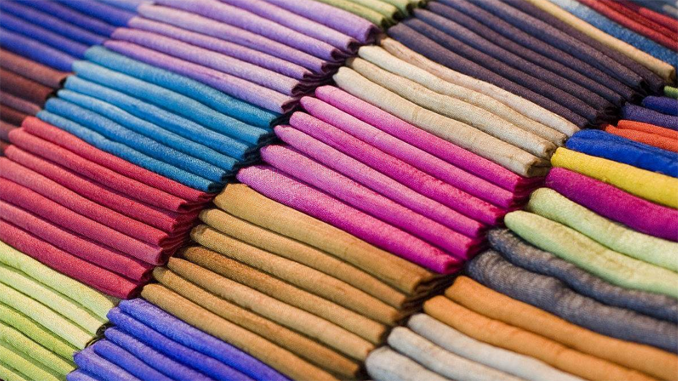Color fastness tests are a series of tests used to measure the resistance of textiles to fading, staining and running. These tests are important to ensure that textiles meet the required standards and regulations. The color fastness test measures the product’s ability to retain its color and appearance in a variety of conditions, such as exposure to light, washing, sweat, and rubbing. The test involves exposing the data to certain conditions for a certain period of time and then using a grayscale or spectrophotometer to measure the change in color or color. The gray level indicates the degree of color change, and the higher the level, the better the color speed.
Manufacturers use the results of these tests to improve product quality, select the right dyes and chemicals, and provide customers with durable and sustainable products. Color testing is important in the textile industry to ensure products meet the required standards, are safe to use and satisfy customers.
Color fastness is important in the textile industry because it determines how resistant a fabric is to fading or staining after exposure to various conditions such as light, washing or sweat. Fading or staining textiles can affect their appearance and quality, causing customer dissatisfaction and even legal issues. To avoid these problems, the textile industry performs various color fastness tests to measure the fabric’s resistance to fading and staining. In this article, we cover seven color fastness tests commonly used in the textile industry.
Light Fastness Test:
This test measures the fabric’s resistance to fading from light.
Fabric patterns are subjected to ambient lighting and color changes are measured in grayscale. The test results show that the light fastness of the fabric and the higher the level, the better the speed of light.
Wash Fastness:
This test is used to measure the resistance of the fabric to fading or staining during washing. Fabric samples are washed under certain conditions and color changes are evaluated using the gray scale. The test results show that the cleaning speed of the fabric and the higher the level, the better the cleaning speed.
Water Fastness Test:
This test is used to measure the resistance of fabric to fading or staining when exposed to water. Fabric samples were soaked for a certain time and color changes were evaluated using a gray scale. The test results show that the water is fast on the fabric and the higher the level, the faster the water.
Perspiration Fastness Test:
This test is used to measure the resistance of a fabric to fading or staining when exposed to perspiration. Fabric samples are soaked with fake sweat and color changes are evaluated using the gray scale.
The test results show that the absorption rate of the fabric and the higher the level, the higher the speed.
Cracking Fastness Test:
This test is used to measure the resistance of the fabric to fading or staining caused by friction. The fabric pattern is rubbed against the fabric pattern using pressure and the number of strokes, and the color change is evaluated using a gray scale. The test results show that the friction speed level of the fabric and the higher the level, the better the speed.
Chlorine Fastness Test:
This test is used to measure the resistance of fabric to fading or staining when exposed to chlorine bleach.The fabric sample is soaked in a certain amount of chlorine bleach and the color change is evaluated using the gray scale. Test results show that chlorine is fast on fabric and the higher the level, the better the chlorine speed.
Dry Cleaning Fastness Test:
This test is used to measure the resistance of the fabric to fading or staining when dry cleaned. Fabric samples were dry cleaned using the specified procedure and color change was evaluated using the gray scale. The test results show that the drying speed of the fabric and the higher the level, the better the drying speed.
In summary, color fastness is important in the textile industry and many tests are performed to evaluate the fabric’s resistance to fading or staining. Textile companies can increase customer satisfaction and loyalty by making these tests and ensuring that their products comply with the necessary standards and regulations.






